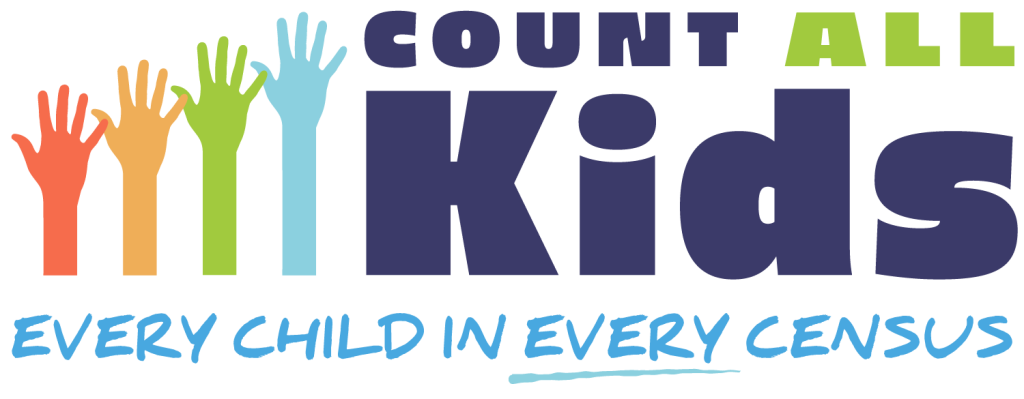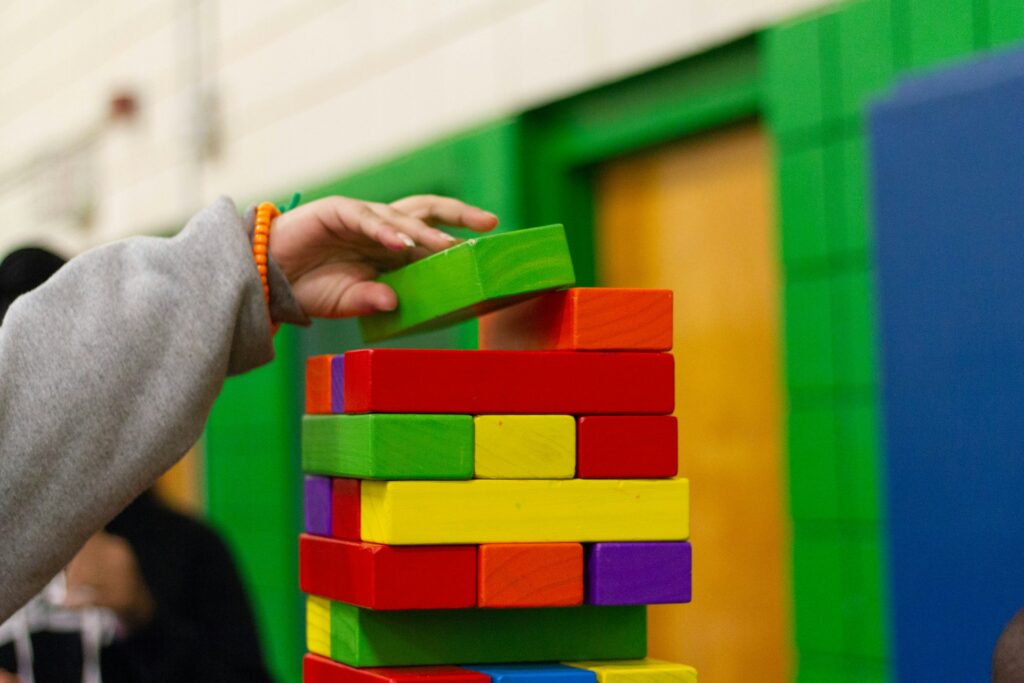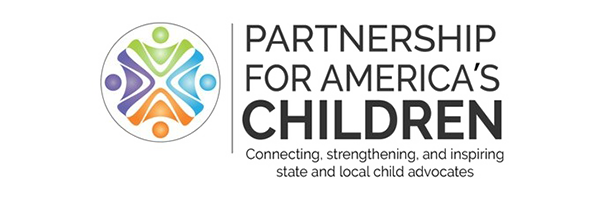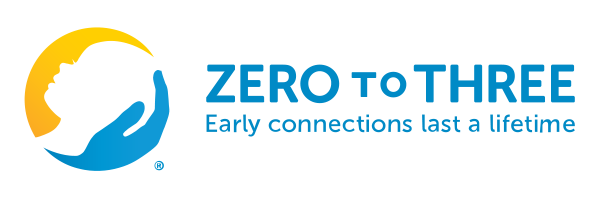At the Census Bureau’s National Advisory Committee meeting on November 2, 2018, the Census Bureau announced that it was establishing a Task Force on the Undercount of Young Children in the Census. Recently, the Charter for that Task Force has been made available.
The Task Force Charter describes the mission of the Task Force and lays out a blueprint for making changes to the 2020 Census that will improve the chances of getting a more accurate count of young children. Recall that more than 10 percent of young children were missed in the 2010 Census and young children had a higher omissions rate than any other age group.
The work of the Task Force will focus on three key areas: 1) census operations, 2) communications and partnership, and 3) research and evaluations. This is a big step forward. However, it is also worth noting that the window of opportunity for making changes in the 2020 Census is closing rapidly. For an operation as large and complex as the decennial Census, plans have to be finalized well in advance of the April 1, 2020 Census date.
The Charter requires the Task Force to work with key external stakeholders, including seeking feedback and sharing the results of their work to help with external stakeholders’ efforts. Count All Kids staff are already in regular touch with Task Force Staff; please reach out to us if you have ideas or questions that you think the Task Force should address.
___
Deborah Stein is the Network Director of the Partnership for America’s Children.








